As we come to the end of the first half of our term, we also are finishing up our unit on Sharing the Planet. The children spent the two months exploring water, its properties, asking questions and inquiring into how water is used and shared with other living things. We had so many questions, and as we inquired further the questions continued to flow! We started learning a lot of information as we went along, but we really didn't know how we would present this new learning and organize it. One day as we were having a class discussion, Jacob suggested that we could make a science museum! All of us thought that this was a brilliant idea so we started by sorting out our information to pin point the main ideas of our new learning. We decided we wanted to show the following:
- Water is found in many different places
- How it rains
- How rain water can be cleaned
- How plants use water to grow
- Other living things we share water with


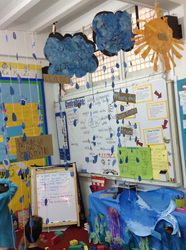
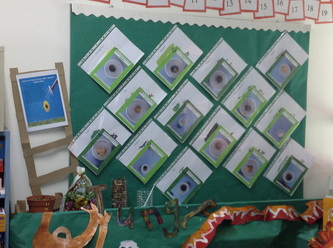
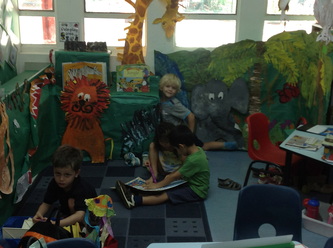
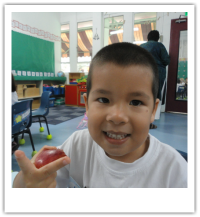
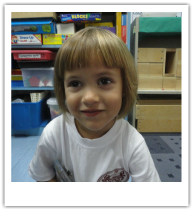
 RSS Feed
RSS Feed